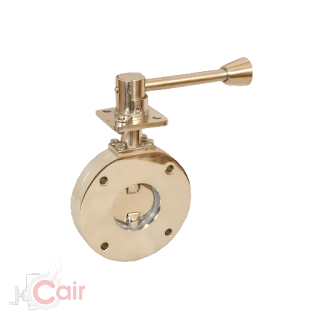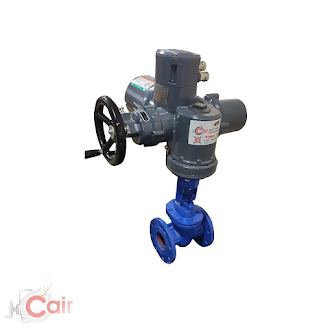What is Electrically Operated Butterfly Valve
An electrically operated butterfly valve is a type of valve that uses electricity to open and close. Butterfly valves are named for their butterfly-like shape. They are often used in piping systems to control the flow of liquids or gases.
Electrically operated butterfly valves have many benefits, including the fact that they are easy to operate and require little maintenance. However, there are some drawbacks to using these valves, such as the fact that they can be expensive to purchase and install.
What is an electrically operated butterfly valve?
An electrically operated butterfly valve is a type of valve that uses electricity to open and close. They are often used in industries where there is a need for precise control over the flow of fluids or gases, such as in the food and beverage industry.
Butterfly valves get their name from the butterfly-shaped disc that rotates to open or close the valve. When the disc is in the closed position, it blocks the flow of fluid or gas through the valve. When the disc is in the open position, it allows fluid or gas to pass through.
Electrically operated butterfly valves are controlled by an electric motor. The motor is connected to a control panel that allows the user to open and close the valve with the push of a button.
There are many benefits to using an electrically operated butterfly valve over a manual one. For one, they are much more precise than manual valves, which means that there is less chance for error when controlling the flow of fluids or gases. Additionally, electrically operated butterfly valves can be opened and closed much faster than manual valves, which can be important in some industrial applications.
How does an electrically operated butterfly valve work?
An electrically operated butterfly valve is a type of valve that uses electrical energy to open and close. The electric current is used to rotate a disk or wheel inside the valve, which opens or closes the valve depending on the direction of rotation. Butterfly valves are named after their disk-shaped internals, which resemble the wings of a butterfly.
Butterfly valves are often used in pipelines that carry liquids or gases, as they can be opened and closed quickly and easily. They are also less likely to leak than other types of valves, making them ideal for use in applications where leaks could be dangerous.
When an electrically operated butterfly valve is first installed, it is important to test it to ensure that it is working properly. This can be done by opening and closing the valve manually or with an electric current. Once the valve has been tested and is confirmed to be working correctly, it can be put into service.
What are the benefits of an electrically operated butterfly valve?
Electric butterfly valves offer a number of advantages over other types of valves. They are fast and easy to open and close, making them ideal for use in pipelines that carry liquids or gases. They are also less likely to leak than other types of valves, making them ideal for use in applications where leaks could be dangerous.
Another advantage of electric butterfly valves is that they do not require a lot of maintenance. They are designed to be durable and reliable, and they typically last for many years without needing to be replaced. This can save you money over the long term, as you will not need to constantly replace your valves.
If you are looking for a durable, reliable, and easy-to-use valve for your pipeline, an electric butterfly valve may be the perfect choice for you.
What are the drawbacks of an electrically operated butterfly valve?
One potential drawback of an electrically operated butterfly valve is that if the power goes out, the valve will no longer be able to open or close. This can be a problem in applications where it is important to maintain a constant flow of liquid or gas.
Another potential drawback is that electrical butterfly valves can be more expensive than other types of valves. They also require more maintenance than other types of valves, as the disk or wheel must be regularly lubricated to prevent it from seizing up.
If you are considering an electrically operated butterfly valve for your pipeline, it is important to weigh the advantages and disadvantages carefully to decide if it is the right choice for you.




Comments
Post a Comment